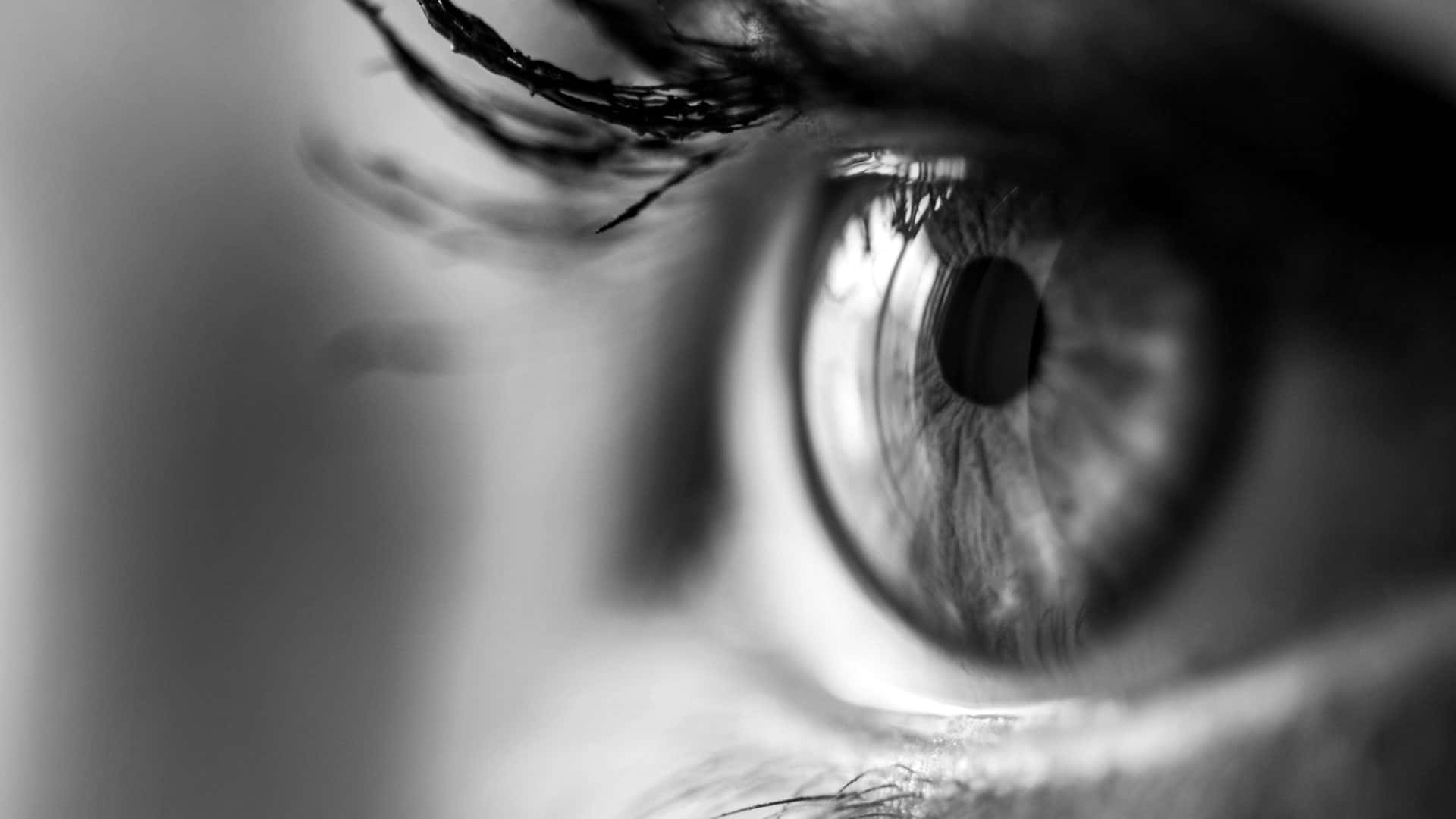Can changes in the way light disperses across the retina impact a woman’s menstrual cycle?
“Fifteen women who had their corneal tear layers altered as patients at the Mind-Eye Institute in Northbrook, Ill. reported their menstrual cycles normalized after wearing therapeutic Mind-Eye glasses,” says Deborah Zelinsky OD, founder and research director of the Institute (https://mindeye.com).
The patients were initially prescribed the tear layer change as a way of addressing discomforting symptoms that they were experiencing due to headaches or problems with attention, reading and concentration.
“It’s not at all surprising that some of our patients experienced positive changes in their autonomic mechanisms such as the menstrual cycle, along with relief of headaches and difficulties concentrating while reading, following modifications of light stimulation of their retinas. We have just scratched the surface of understanding how the retina impacts overall brain function, including central and autonomic nervous systems,” Dr. Zelinsky states.
“The retina is a piece of brain tissue directly linked to various structures in the brain, including the hypothalamus, via retinal signaling pathways,” she explains.
The hypothalamus, an almond-size structure that is part of the body’s limbic system, sends signals to the pituitary gland. And, the pituitary gland is what releases hormones into the body’s circulation. Among these hormones are oxytocin, which is produced by the hypothalamus and stored in the posterior pituitary gland, and luteinizing hormone (LH), which is manufactured by the anterior pituitary. Both hormones have important roles in the menstrual cycle.
A “surge” in LH production triggers ovulation, as well as a cascade of biochemical events that prepare the endometrium for possible implantation of a fertilized egg.
Oxytocin has uterine-contracting properties and is associated with sexual reproduction; childbirth; maternal behavior, including bonding with the baby; and breast milk production. Outside the brain, cells containing oxytocin have been discovered in women’s placentas and ovaries, men’s testicles, and in the retina, thymus and pancreas of both genders.
Through published research and presentations at national and international scientific meetings, the Mind-Eye Institute has been revolutionizing understanding of how the retina serves as a two-way portal into the mind and body. The way light disperses across the retina can impact brain function. That’s because changes in ambient lighting affect how the brain reacts, interprets and responds to information about the environment, thereby impacting a person’s spatial awareness, movement and selective attention to sound.
“We know that the hypothalamus is not only sensitive to internal bodily signals, such as disease, stress and the immune system’s response to invading foreign cells, but to external environmental stimuli like light. These stimuli can affect the hypothalamus’ critical role in regulating key biological mechanisms, including various circadian rhythms,” Dr. Zelinsky says.
For example, certain variations of external light passing through the retina can impact sleep patterns, cause jet lag, or become a primary factor in seasonal affective disorders. Environmental signals emanating from the peripheral retina (“corner of the eye”) might put an individual in a relaxed state of mind or in fight-or-flight readiness, she indicates.
Science has shown that changes in the way light disperses across the retina directly stimulate the suprachiasmatic nucleus (SCN) in the hypothalamus. It, in turn, is next to the nucleus that triggers the luteinizing hormone. Hypothalamic nuclei also include the supraoptic nucleus, which is responsible for the release of oxytocin and the hormone, vasopressin. Vasopressin is associated with blood-pressure regulation, social behavior and sexual motivation, she relates.
The Mind-Eye Institute has been using prescriptive eyeglasses — Brainwear™ — and other optometric interventions to selectively stimulate light dispersed on the retina, thereby helping patients redevelop visual skills during recovery from debilitating, life-altering brain injuries or neurological disorders caused by trauma, stroke and PTSD. The Institute also has worked to develop skills in patients with learning problems, including autism and ADHD.
“We are hopeful that, in the not-too-distant future, modulation of brain activity through retinal stimulation — alone or in combination with other treatment modalities — will prove clinically effective in treating a host of neurogenerative diseases, mental illnesses, autism, metabolic disorders and dysfunctions in circadian rhythm and endocrine systems,” Dr. Zelinsky concludes. “As optometric literature has been saying for decades, ‘20/20 is not enough.’ Future research will demonstrate that paradigm.”

Media
Can the Retina Play a Role in Menstrual Cycles? Absolutely!
Retinal Stimulation Affects Brain; May Be Useful for Neurological Disorders
